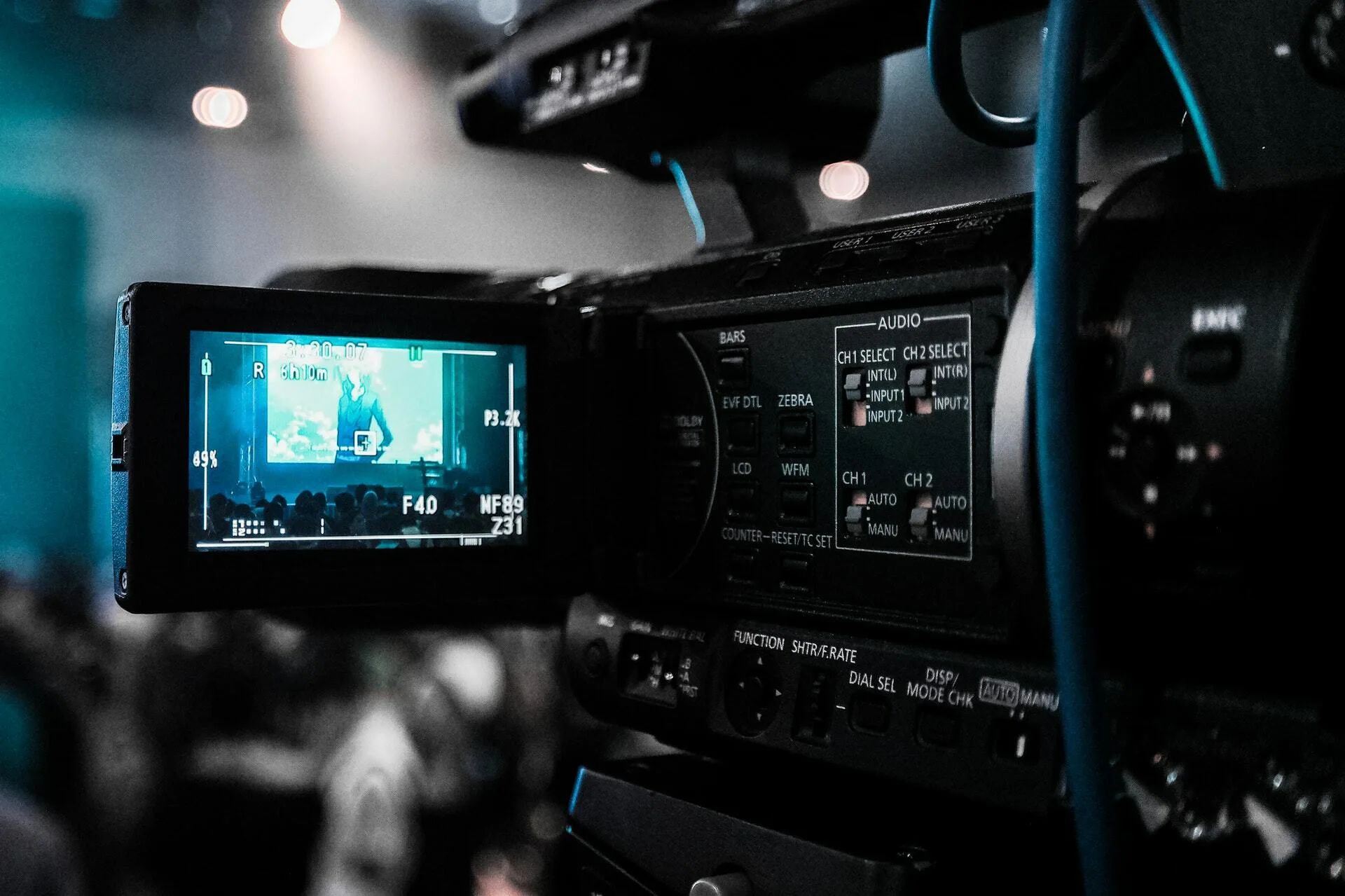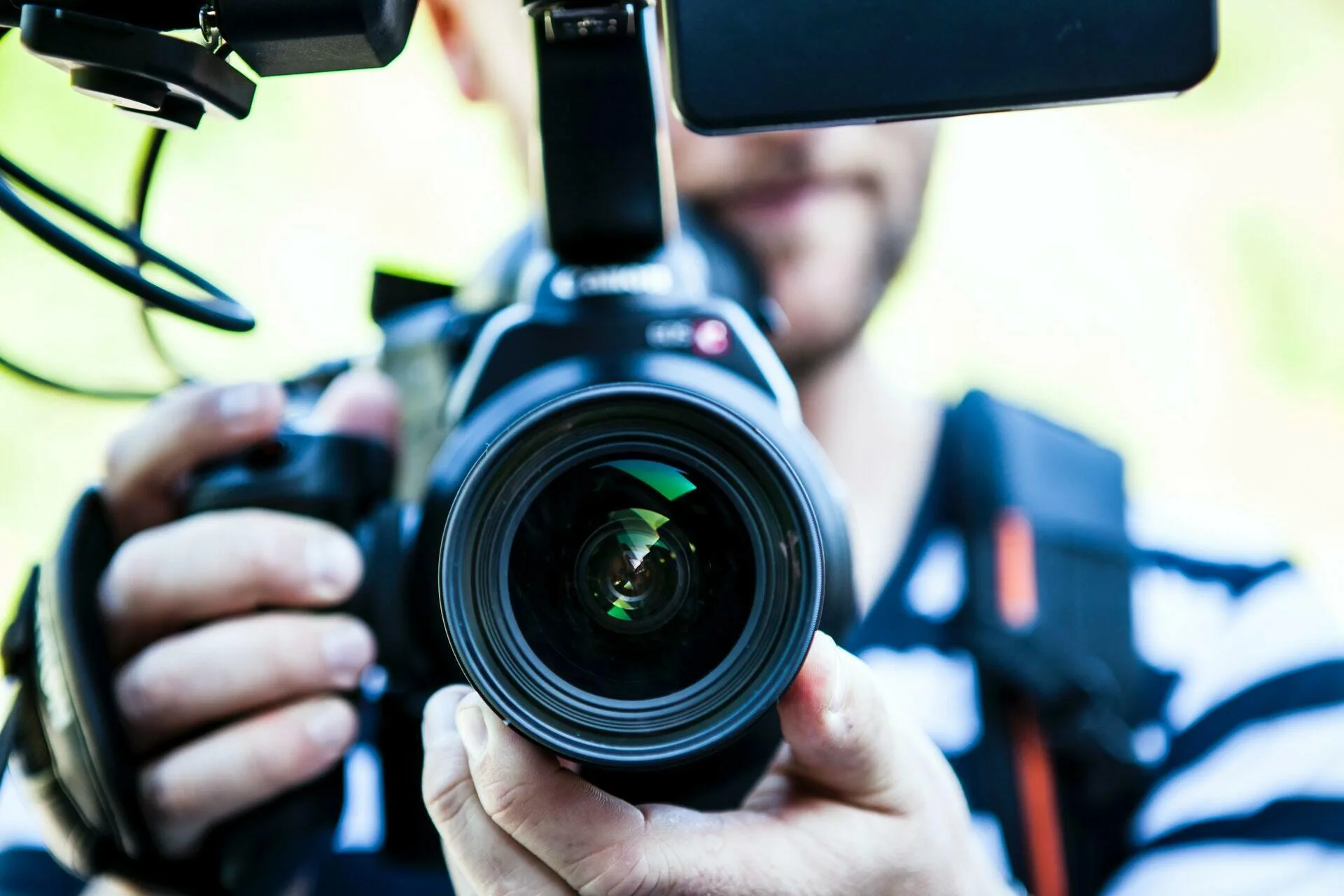Does your organisation take full advantage of every media opportunity that comes its way? What if there’s a crisis threatening your reputation, and a journalist comes knocking? How confident are you in an interview with the press? Does your body language contradict your story?
Flow Communications addresses these issues, and many more, with its tailored media training sessions for every type of organisation – from multinationals and non-profit foundations to smaller businesses and government departments.
The fact is that the media shapes the way most people understand and perceive the world around them. The way you are portrayed in the media can have a powerful effect on the way people see and feel about you.
Why media training?
To make the most of any interaction you may have with a journalist, you need a firm understanding of the media, the skills to understand what journalists might need from you, and how to react in a crisis.
Flow’s comprehensive training provides all this, including how to take advantage of every media interaction, the dynamics at play in an interview, and insights into yourself and your performance under pressure.
But that’s not the end of it. Have you ever considered the impact of non-verbal communication and your on-camera body language on your message? You don’t want to wait until that all-important moment in the limelight before you find out!

Flow’s training approach
Thrishni Subramoney, an award-winning former radio journalist who is Flow’s head of media training, explains her team’s training approach in a nutshell: “We help delegates understand the media landscape, primarily in South Africa, but globally as well, so they understand the pressures that journalists now find themselves facing.
“Then we take them through the dynamic at play in an interview; we talk them through factors such as body language and how to prepare for media interactions.”
Having covered news stories around the world, Thrishni has experience and insights, as well as the latest trends to share – as do her team members, who among them share about 100 years’ worth of broadcast and journalism experience at prominent media houses!
She says, “Following the training, delegates have to apply the learnings immediately in realistic mock interviews, which we record and review, so they understand where they need to improve.”
This means trainees are put through tough, realistic on-camera exercises, gaining practical skills they can use immediately – as clients in the private sector, government and civil society from across Southern Africa, as well as further afield such as Ethiopia and Ghana, have discovered.
Online offering
Before the onset of the Covid-19 pandemic, media training sessions were usually presented in person, but the Flow team pivoted fast to offer its media training online from the time of the first hard lockdown at the end of March 2020.
“We’re facilitating most training online now,” says Flow project manager Maria Lavagna. “We can facilitate in-person training if the client requires it; of course all the appropriate Covid-19 protocols need to be in place.
“For online training, we stick to a maximum of four delegates over four hours, because longer sessions can be too draining when done digitally.
“In-person training could be up to six hours, depending on the number of delegates. A maximum of six delegates is ideal, but we can accommodate more, depending on the programme.”
Keeping the groups small ensures that every participant gets the chance to have one-on-one mock interviews with a professional broadcaster.
Maria explains that remote media training includes all the elements that clients would experience in Flow’s in-person training workshops, “with the added benefit of guidance on how to excel in a remote news interview”.
Both digital and in-person sessions include both theory and practical elements. “Interviews are facilitated with professional broadcasters, recorded and played back with feedback from all trainers.
“In-person training also includes television interviews in a simulated studio environment, with cameras and lighting,” says Maria.
The Flow media training course fee includes course materials; facilitation and feedback; interviews by a professional broadcast journalist; filming and production; and digital copies of all on-camera interactions.
